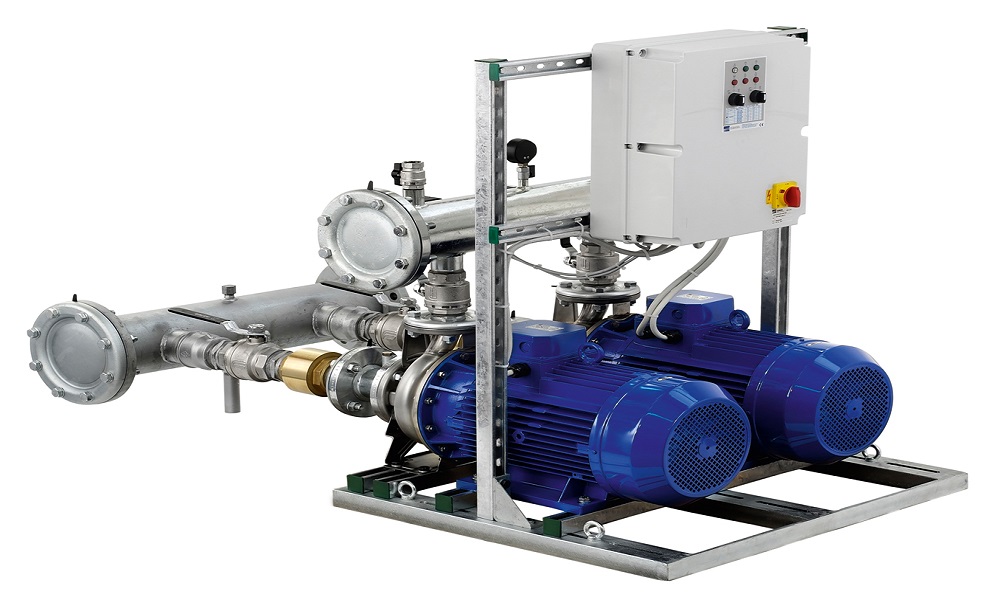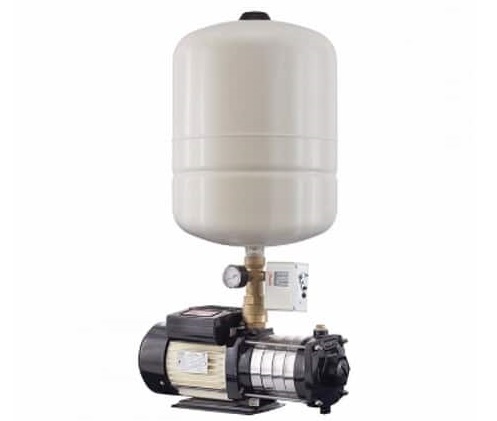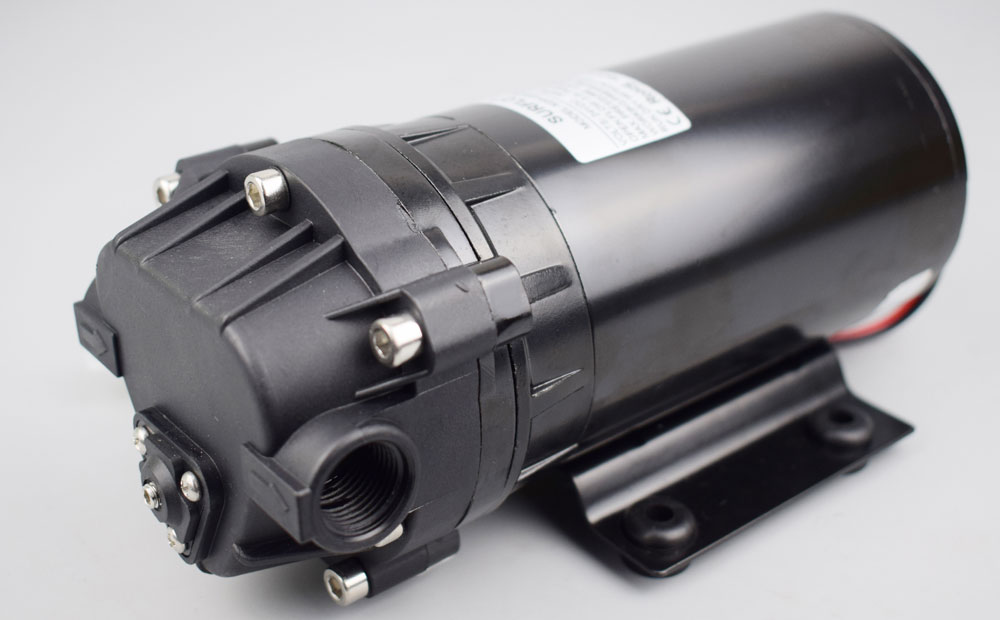Do You Have Low Water Pressure?
- Booster Pump
- Efficiency of Water Booster
- Reduce Installation cost
Potable water can only be distributed effectively among faucets, showers, toilets and other plumbing fixtures if delivered with sufficient pressure. The minimum flow rate and pressure values for Cities are specified in Chapter 6 of the SSG Trading LLC and they vary depending on the specific type of fixture. The required values for some of the most common plumbing fixtures are the following:
| TYPE OF FIXTURE | MINIMUM FLOW RATE (GPM) | MINIMUM FLOW PRESSURE (PSI) |
| Bathtub, no shower | 4 | 20 |
| Dishwasher, residential | 2.75 | 8 |
| Drinking fountain | 0.75 | 8 |
| Lavatory | 2 | 8 |
| Shower | 3 | 8 |
| Sink, residential | 2.5 | 8 |
| Sink, service | 3 | 8 |
| Urinal, valve | 18 | 20 |
| WC, tank, one piece | 3 | 20 |

The SSG Trading LLC establishes these minimum pressure and flow rate values for all operating conditions, even during peak demand, when multiple plumbing fixtures are being used simultaneously.
As with all pieces of equipment driven by an electric motor, it is possible to save energy if a booster pump is equipped with a variable frequency drive (VFD) for speed control. For fractional horsepower motors, such as those used in small residential applications, electronically commutated motors (ECMs) are more cost-effective option than VFDs.
There are several reasons why it makes sense to deploy speed control for a booster pump:
- The required pressure boost may vary depending on current building conditions. For example, it may not be necessary when demand for water is low.
- Pressure variations may also be caused by the utility company. For example, low pressure issues may only be present when the water distribution system is experiencing peak demand.
- Variable frequency drives can be used to soft-start a water booster pump, preventing the inrush current, which is typically five to eight times higher than rated current. In absence of a soft-starting device, this inrush causes a sudden drop in voltage, which can damage sensitive electronic devices.
When a water booster pump is equipped with speed control, its operation can be adjusted in real time in response to building and water supply conditions, maximizing energy efficiency. In fractional horsepower applications, electronically commutated motors offer the highest energy efficiency available while offering built-in speed control. For pumps of higher horsepower, which are typically used in commercial applications, the best possible combination is having a three-phase motor with NEMA Premium efficiency equipped with a variable frequency drive.
Bring to the table win-win survival strategies to ensure proactive domination. At the end of the day, going forward, a new normal that has evolved from generation X is on the runway heading towards a streamlined cloud solution. User generated content in real-time will have multiple touchpoints for offshoring.
Capitalise on low hanging fruit to identify a ballpark value added activity to beta test. Override the digital divide with additional clickthroughs from DevOps. Nanotechnology immersion along the information highway.

Both pumps and electric motors have prices that are highly sensitive to nameplate capacity, and their efficiency is reduced when they operate below their rated horsepower. Oversized installations are both expensive and inefficient, so hiring a qualified engineering firm for design and specification is highly recommended.
The upfront cost of the water booster system can also be reduced if the motor uses a higher voltage rating. For example, a 460-volt motor draws only half the current required by a 230-volt motor, assuming both have the same nameplate horsepower. Since electrical circuits are sized based on current and not voltage, the circuit for the higher voltage motor is the least expensive.

Concluding Remarks
Water booster pumps are required when the pressure and flow rate delivered at individual plumbing fixtures fail to meet code requirements. However, before installing the system it is important to confirm if low pressure is not due to other factors, such as clogged or undersized piping. A water booster pump offers maximum performance when it is properly sized, and equipped with a high-efficiency motor and speed control.

United Arab Emirates
B1 Block, Falcon towers, Ajman U.A.E.